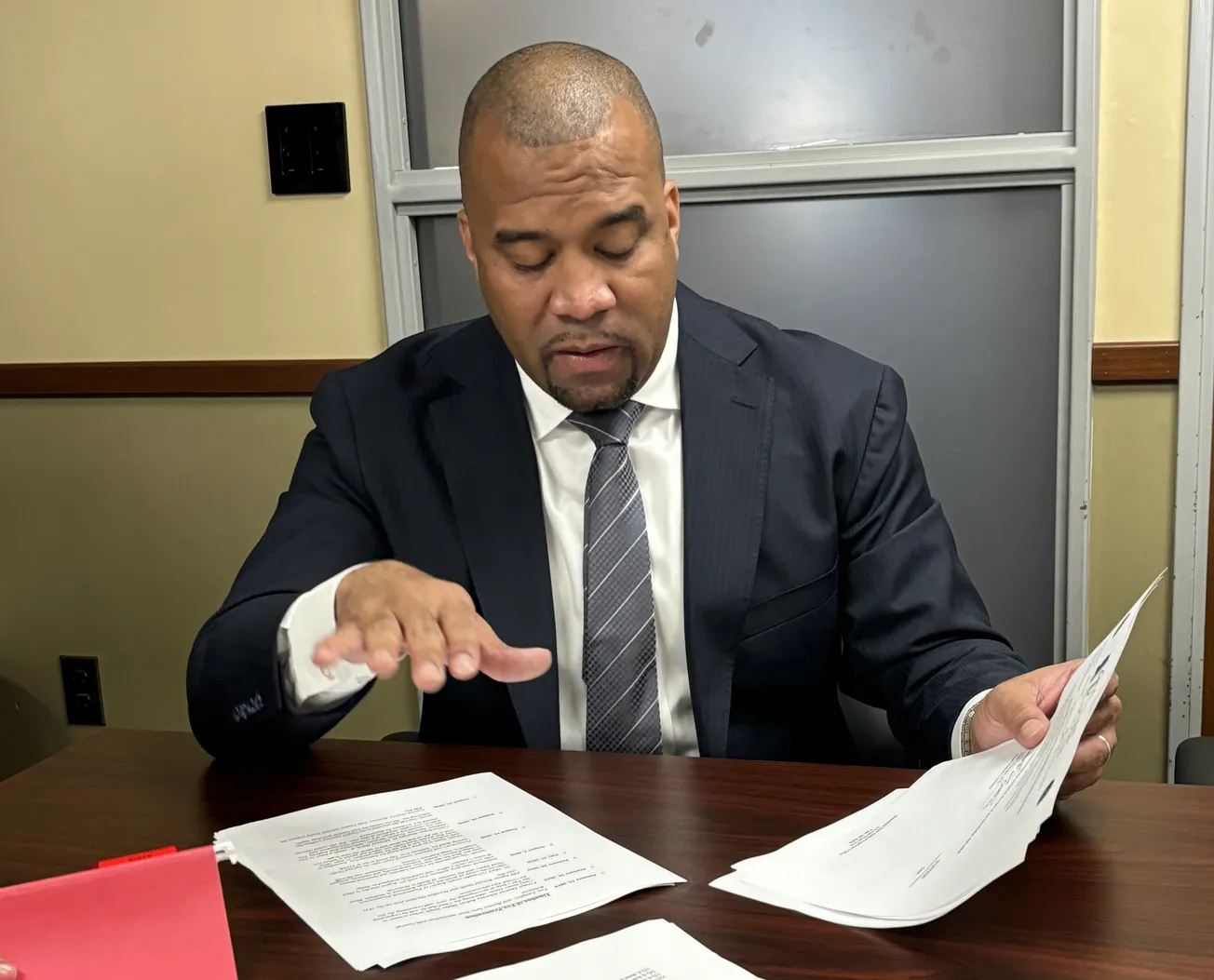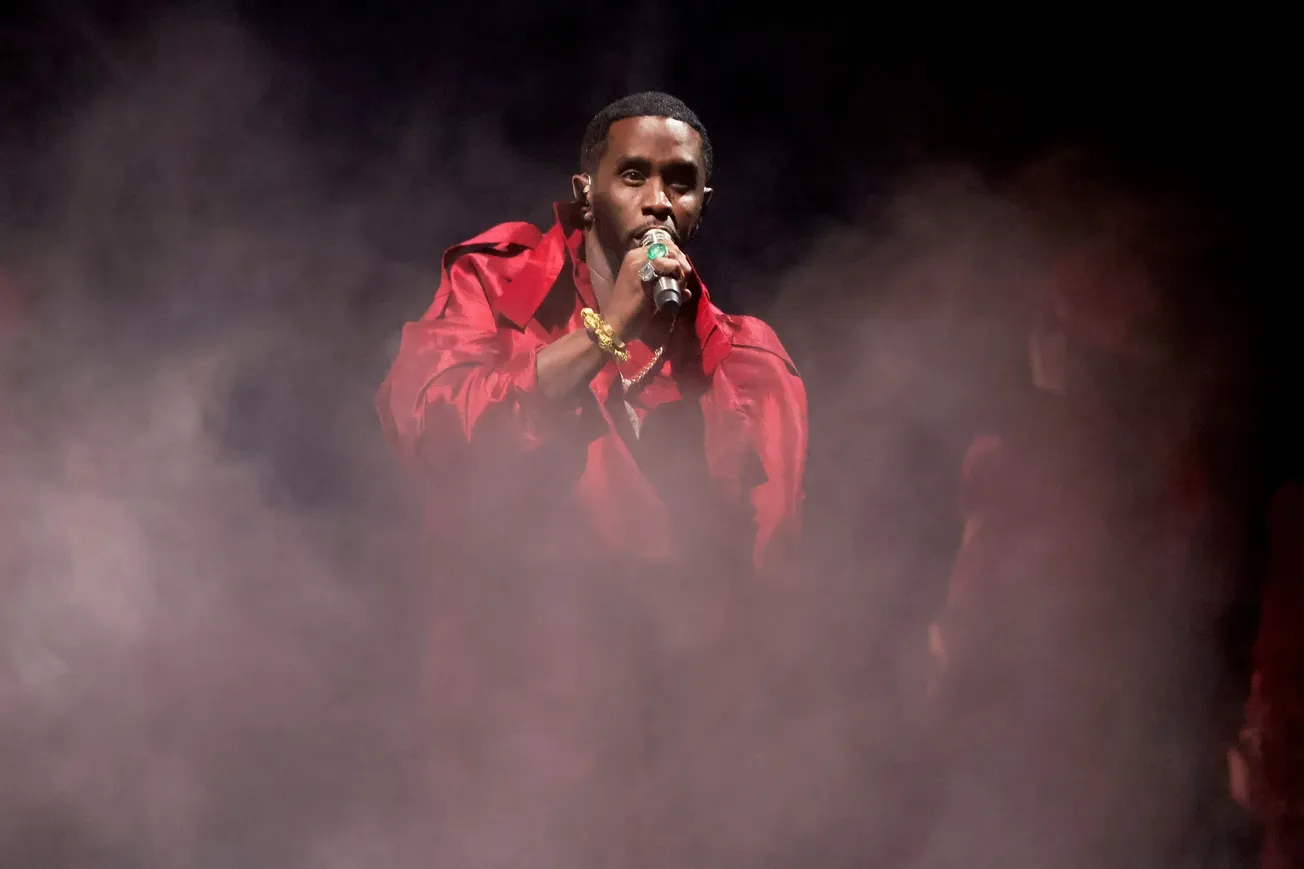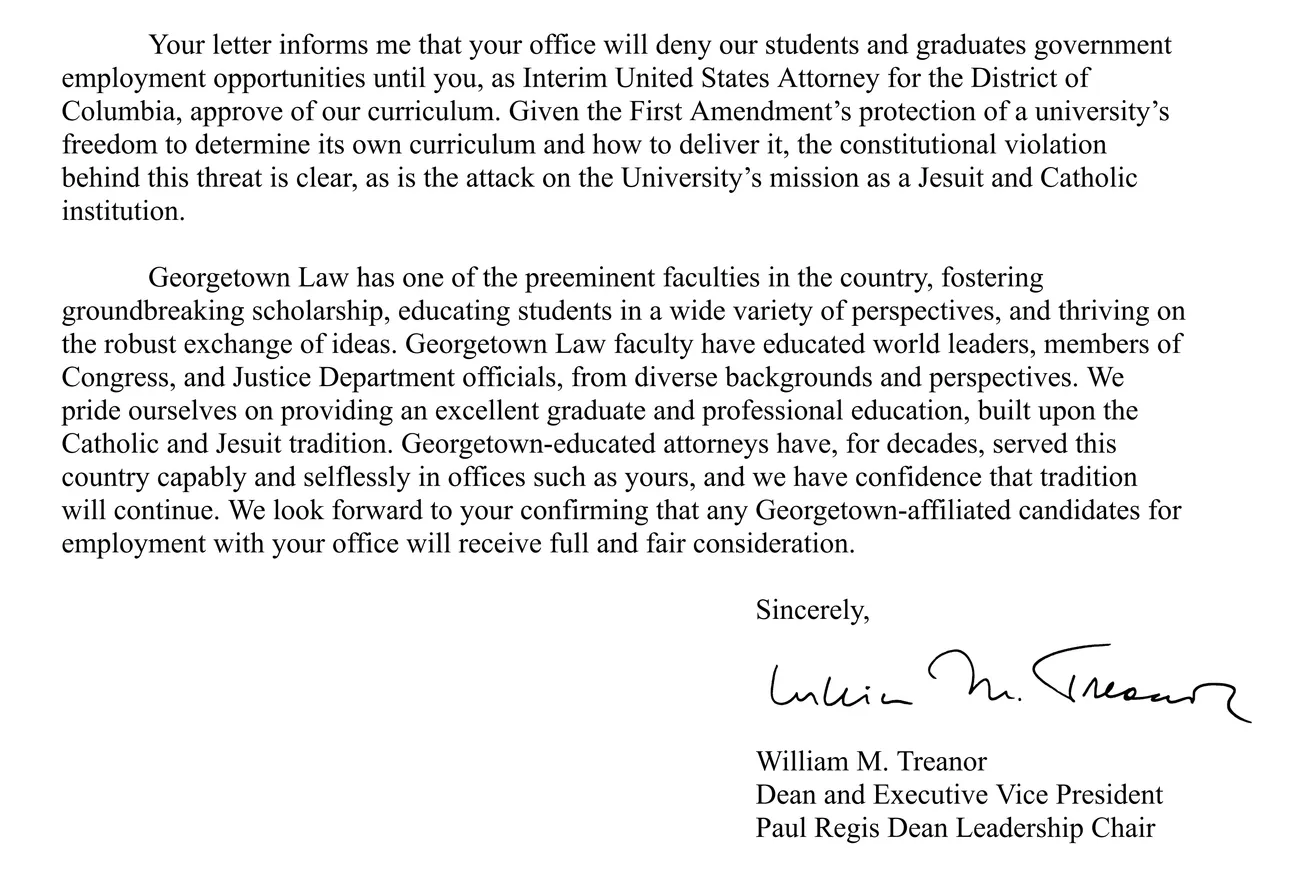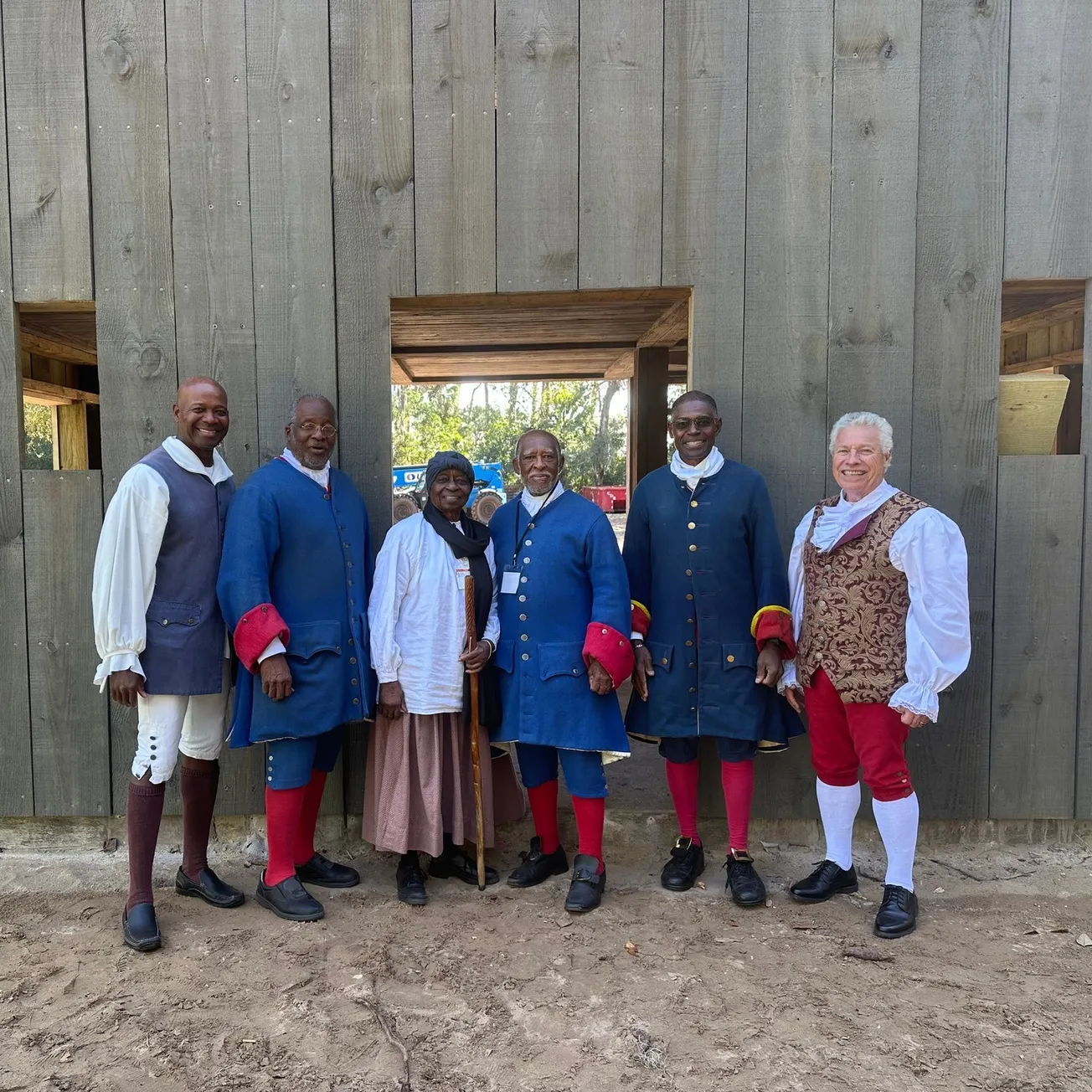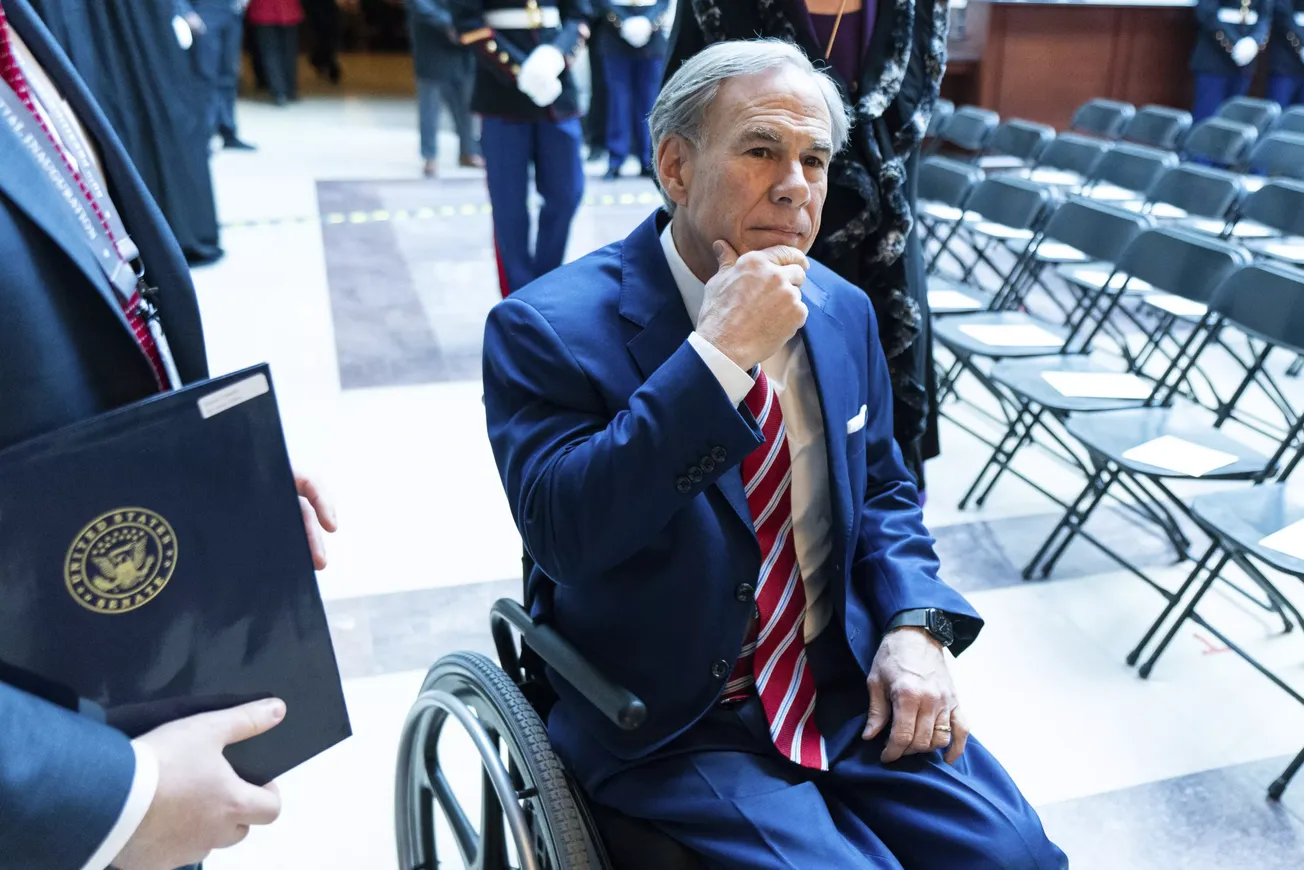by Justin Elliott, Joshua Kaplan, Alex Mierjeski and Brett Murphy
This story was originally published by ProPublica, a Pulitzer Prize-winning investigative newsroom. Sign up for The Big Story newsletter to receive stories like this one in your inbox.
In early January 2000, Supreme Court Justice Clarence Thomas was at a five-star beach resort in Sea Island, Georgia, hundreds of thousands of dollars in debt.
After almost a decade on the court, Thomas had grown frustrated with his financial situation, according to friends. He had recently started raising his young grandnephew, and Thomas’ wife was soliciting advice on how to handle the new expenses. The month before, the justice had borrowed $267,000 from a friend to buy a high-end RV.
At the resort, Thomas gave a speech at an off-the-record conservative conference. He found himself seated next to a Republican member of Congress on the flight home. The two men talked, and the lawmaker left the conversation worried that Thomas might resign.
Congress should give Supreme Court justices a pay raise, Thomas told him. If lawmakers didn’t act, “one or more justices will leave soon” — maybe in the next year.
At the time, Thomas’ salary was $173,600, equivalent to over $300,000 today. But he was one of the least wealthy members of the court, and on multiple occasions in that period, he pushed for ways to make more money. In other private conversations, Thomas repeatedly talked about removing a ban on justices giving paid speeches.
Thomas’ efforts were described in records from the time obtained by ProPublica, including a confidential memo to Chief Justice William Rehnquist from a top judiciary official seeking guidance on what he termed a “delicate matter.”
The documents, as well as interviews, offer insight into how Thomas was talking about his finances in a crucial period in his tenure, just as he was developing his relationships with a set of wealthy benefactors.
Congress never lifted the ban on speaking fees or gave the justices a major raise. But in the years that followed, as ProPublica has reported, Thomas accepted a stream of gifts from friends and acquaintances that appears to be unparalleled in the modern history of the Supreme Court. Some defrayed living expenses large and small — private school tuition, vehicle batteries, tires. Other gifts from a coterie of ultrarich men supplemented his lifestyle, such as free international vacations on the private jet and superyacht of Dallas real estate billionaire Harlan Crow.
Precisely what led so many people to offer Thomas money and other gifts remains an open question. There’s no evidence the justice ever raised the specter of resigning with Crow or his other wealthy benefactors.
George Priest, a Yale Law School professor who has vacationed with Thomas and Crow, told ProPublica he believes Crow’s generosity was not intended to influence Thomas’ views but rather to make his life more comfortable. “He views Thomas as a Supreme Court justice as having a limited salary,” Priest said. “So he provides benefits for him.”
Thomas and Crow didn’t respond to questions for this story. Crow, a major Republican donor, has not had cases at the Supreme Court since Thomas joined it and has previously said Thomas is a dear friend. David Sokol, a conservative financier who has taken Thomas on vacation on a private jet, said in a statement that he and Thomas had never discussed the justice’s finances or when he might retire.
Thomas’ comments in 2000 were to Florida Rep. Cliff Stearns, a vocal conservative who’d been in Congress for 11 years and occasionally socialized with the justice. They set off a flurry of activity across the judiciary and Capitol Hill. “His importance as a conservative was paramount,” Stearns said in a recent interview. “We wanted to make sure he felt comfortable in his job and he was being paid properly.”
There’s an often-criticized dynamic surrounding most important jobs in the federal government: The posts pay far less than comparable jobs in the private sector, but officials can cash in once they leave. Ex-regulators sell advice to the regulated. Generals retire to join military contractors. Former senators get jobs lobbying Congress.
But there is no revolving-door payday waiting on the other side of a lifetime appointment to the Supreme Court. Justices generally stay on the bench past their 80th birthday, if not until death. In 2000, justices were paid more than cabinet secretaries or members of Congress, and far more than the average American. Still, judges’ salaries were not keeping pace with inflation, a source of ire throughout the federal judiciary. Young associates at top law firms made more than Supreme Court justices, while partners at the firms could earn millions a year.
Some of Thomas’ colleagues were extremely wealthy — Justice Ruth Bader Ginsburg was married to a high-paid tax lawyer and Justice Stephen Breyer to the daughter of a wealthy British lord. Thomas did not come from money. When he was appointed to the court in 1991, he was 43 years old and had spent almost all his adult life working for the government. At the time, he still had student loans from law school, Thomas has said.
The full details of Thomas’ finances over the years remain unclear. He made at least two big purchases around the early ’90s: a Corvette and a house in the Virginia suburbs on 5 acres of land. When Thomas and his wife, Ginni, bought the home for $522,000 a year after he joined the court, they borrowed all but $8,000, less than 2% of the purchase price, property records show.
Public records suggest a degree of financial strain. Throughout the first decade of his tenure, the couple regularly borrowed more money, including a $100,000 credit line on their house and a consumer loan of up to $50,000. Around January 1998, Thomas’ life changed when he took in his 6-year-old grandnephew, becoming his legal guardian and raising him as a son. The Thomases sent the child to a series of private schools.
In early January 2000, Thomas took the trip to the Georgia beach resort. Thomas was there to deliver a keynote speech at Awakening, a “conservative thought weekend” featuring golf, shooting lessons and aromatherapy along with panel discussions with businessmen and elected officials. (A founder and organizer of the annual event, Ernest Taylor, told ProPublica that Thomas’ trip was paid for by the organization. Thomas reported 11 free trips that year on his annual financial disclosure, mostly to colleges and universities, but did not disclose attending the conservative conference, an apparent violation of federal disclosure law.)

On a commercial flight back from Awakening, Thomas brought up the prospect of justices resigning to Stearns, the Republican lawmaker. Worried, Stearns wrote a letter to Thomas after the flight promising “to look into a bill to raise the salaries of members of The Supreme Court.”
“As we agreed, it is worth a lot to Americans to have the constitution properly interpreted,” Stearns wrote. “We must have the proper incentives here, too.”
Stearns’ office soon sought help from a lobbying firm working on the issue, and he delivered a speech on the House floor about judges’ salaries getting eroded by inflation. Thomas’ warning about resignations was relayed at a meeting of the heads of several judges’ associations. L. Ralph Mecham, then the judiciary’s top administrative official, fired off the memo describing Thomas’ complaints to Rehnquist, his boss.
“I understand that Justice Thomas clearly told him that in his view departures would occur within the next year or so,” Mecham wrote of Thomas’ conversation with Stearns. Mecham worried that “from a tactical point of view,” congressional Democrats might oppose a raise if they sensed “the apparent purpose is to keep Justices [Antonin] Scalia and Thomas on the Court.” (Scalia had nine children and was also one of the less wealthy justices. Scalia, Mecham and Rehnquist have since died.)
It’s not clear if Rehnquist ever responded. Several months later, Rehnquist focused his annual year-end report on what he called “the most pressing issue facing the Judiciary: the need to increase judicial salaries.”
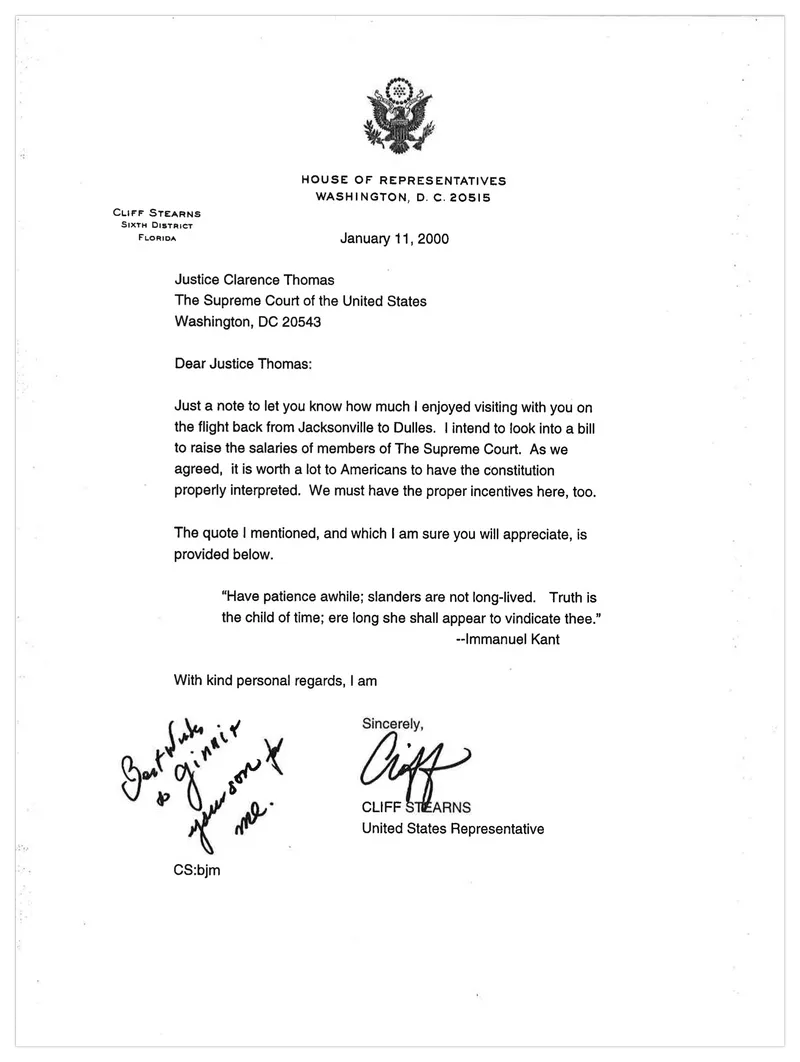
Several people close to Thomas told ProPublica they believed that it was implausible the justice would ever retire early, and that he may have exaggerated his concerns to bolster the case for a raise. But around 2000, chatter that Thomas was dissatisfied about money circulated through conservative legal circles and on Capitol Hill, according to interviews with prominent attorneys, former members of Congress and Thomas’ friends. “It was clear he was unhappy with his financial situation and his salary,” one friend said.
Former Sen. Trent Lott, then the Republican Senate majority leader, recalled in a recent interview that there were serious concerns at the time that Thomas or other justices would leave.
The public received hardly a hint that such conversations about Thomas were unfolding in Washington. Thomas did once allude to government salaries, in a 2001 speech praising the value of public service. “The job is not worth doing for what they pay. It’s not worth doing for the grief,” he said. “But it is worth doing for the principle.”
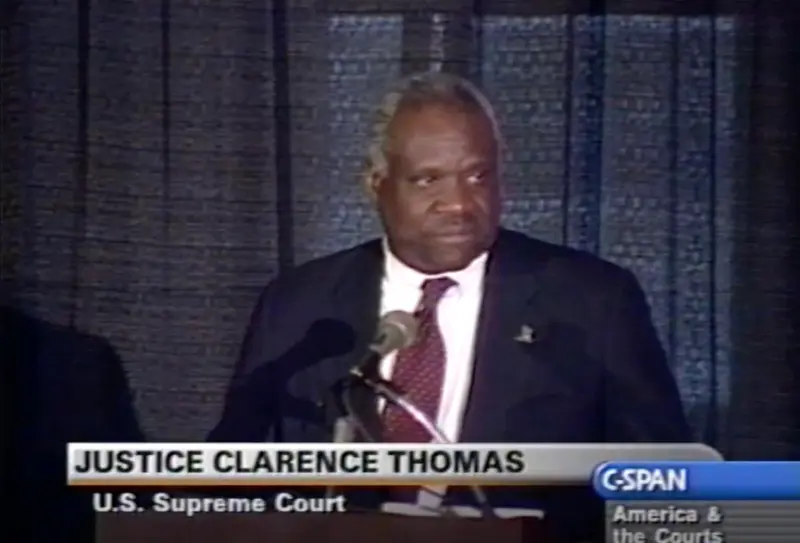
Around that time, Thomas was also pushing to allow justices to make paid speeches — a source of income that had been banned in the 1980s. On several occasions, Thomas discussed lifting the ban with appellate Judge David Hansen, who chaired the judiciary’s committee responsible for lobbying Congress on issues like pay, according to Mecham’s memo.
At Sen. Mitch McConnell’s request, a provision removing the ban for judges was quietly inserted into a spending bill in mid-2000. Why McConnell made the proposal became a subject of scrutiny in the legal press. After the Legal Times reported the measure had been dubbed the “Keep Scalia on the Court” bill, Scalia responded that the “honorarium ban makes no difference to me” and denied that he would ever leave the court for financial reasons. (The ban was never lifted. McConnell did not respond to a request for comment.)
During his second decade on the court, Thomas’ financial situation appears to have markedly improved. In 2003, he received the first payments of a $1.5 million advance for his memoir, a record-breaking sum for justices at the time. Ginni Thomas, who had been a congressional staffer, was by then working at the Heritage Foundation and was paid a salary in the low six figures.
Thomas also received dozens of expensive gifts throughout the 2000s, sometimes coming from people he’d met only shortly before. Thomas met Earl Dixon, the owner of a Florida pest control company, while getting his RV serviced outside Tampa in 2001, according to the Thomas biography “Supreme Discomfort.” The next year, Dixon gave Thomas $5,000 to put toward his grandnephew’s tuition. Thomas reported the payment in his annual disclosure filing.
Larger gifts went undisclosed. Crow paid for two years of private high school, which tuition rates indicate would’ve cost roughly $100,000. In 2008, another wealthy friend forgave “a substantial amount, or even all” of the principal on the loan Thomas had used to buy the quarter-million dollar RV, according to a recent Senate inquiry prompted by The New York Times’ reporting. Much of the Thomases’ leisure time was also paid for by a small set of billionaire businessmen, who brought the justice and his family on free vacations around the world. (Thomas has said he did not need to disclose the gifts of travel and his lawyer has disputed the Senate findings about the RV.)
By 2019, the justices’ pay hadn’t changed beyond keeping up with inflation. But Thomas’ views had apparently transformed from two decades before. That June, during a public appearance, Thomas was asked about salaries at the court. “Oh goodness, I think it’s plenty,” Thomas responded. “My wife and I are doing fine. We don’t live extravagantly, but we are fine.”
A few weeks later, Thomas boarded Crow’s private jet to head to Indonesia. He and his wife were off on vacation, an island cruise on Crow’s 162-foot yacht.

Kathleen Quinn and Marissa Muller from Berkeley Journalism’s Investigative Reporting Program contributed research





